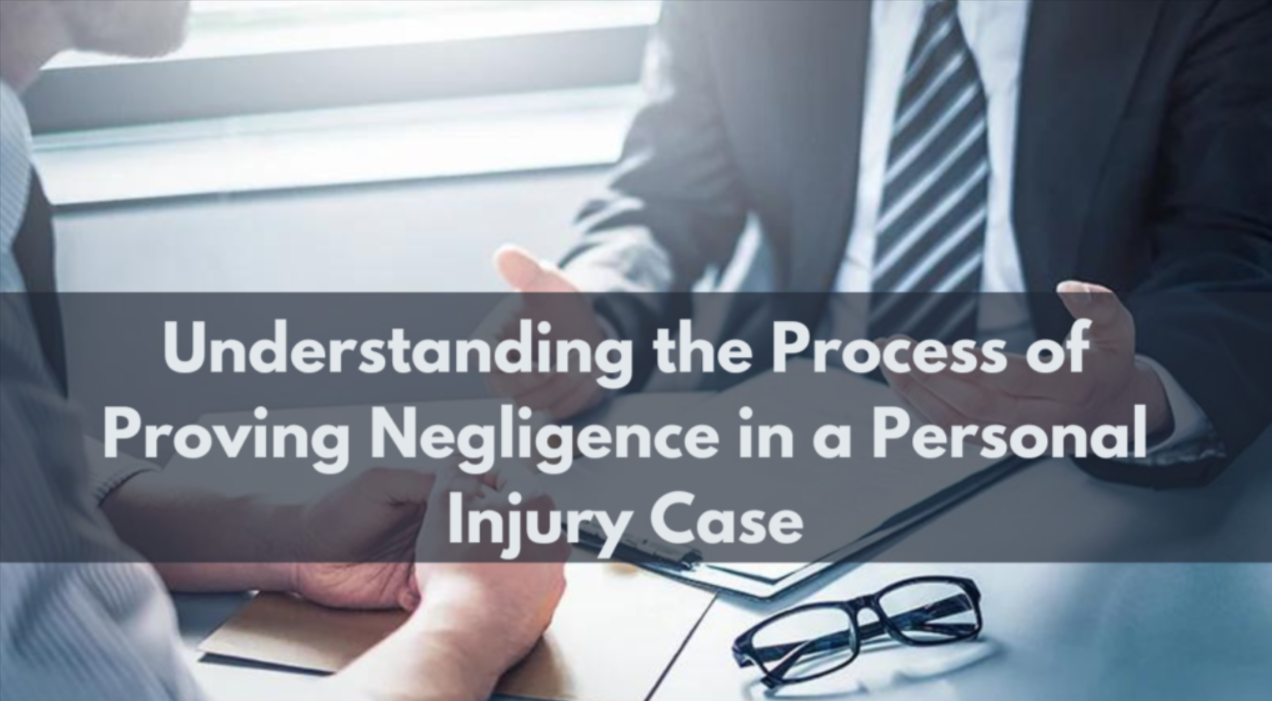In personal injury cases, negligence plays a central role. You need to show that someone failed to act with care, leading to your harm. Without proving negligence, claims often collapse. To make your case strong, focus on showing duty, breach, causation, and damages. Duty means the other party had a responsibility. Breach shows they failed in this duty. Causation connects their actions directly to your injury while damages cover what you lost. By proving these elements, you establish a firm foundation for your claim. Groth Law Accident Injury Attorneys are known for guiding injured individuals through these steps. They help you understand your needs and ensure you have the necessary proof. Knowing what you need to demonstrate helps you focus your efforts. Personal injury cases may seem overwhelming, but grasping the importance of negligence is the first step toward resolution. You’re not alone in this journey.
Understanding Duty and Breach
Negligence starts with duty. This is the responsibility someone has to avoid causing harm. For example, drivers must follow traffic laws to keep roads safe. When they ignore these laws, a breach occurs. This breach is a key element you must show. It proves that the person failed their responsibility.
Causation and Its Importance
Causation is the link between the breach and your injury. You must prove that the other person’s actions directly caused your harm. Without this connection, it’s hard to hold them accountable. This is where many cases struggle. You need clear evidence that their breach led to your injury.
What Are Damages?
Damages cover what you lost due to the injury. This includes medical bills, lost income, and pain. By showing these damages, you highlight the impact of the injury on your life. You need to provide detailed records to support your claim for damages.
Elements of Negligence
| Element | Description |
| Duty | Responsibility to act with care. |
| Breach | Failure to meet the responsibility. |
| Causation | Link between breach and injury. |
| Damages | Harm suffered due to the breach. |
Gathering Evidence
To prove negligence, you need solid evidence. Gather medical records, eyewitness accounts, and expert testimony. Photos and videos from the scene can also help. This evidence strengthens your claim and shows the full story of your injury.
Legal Support
Having legal support can ease the process. Professionals can guide you through each step. They know the law and can help gather the right evidence. Legal experts make sure your case meets all requirements for proving negligence. Learn more about the process from trusted sources like the USA.gov and the Legal Information Institute. They provide useful insights into negligence laws.
The Role of Comparative Negligence
In some cases, both parties may share blame. Comparative negligence acknowledges this. Each person’s role in the injury is assessed. Your compensation may be adjusted based on your share of responsibility. Understanding this concept is essential. It affects how much you can recover from the claim.
Staying Informed
Staying informed helps you navigate personal injury claims. Knowing your rights and obligations empowers you. By understanding negligence and its components, you can approach your case with confidence. Ensure you have the right information by consulting reliable resources.
Conclusion
Negligence is a fundamental concept in personal injury cases. By proving duty, breach, causation, and damages, you lay the groundwork for a successful claim. With proper guidance and evidence, you can navigate the complexities of negligence cases. You’re not alone. Support is available to help you through each step, ensuring you understand and prove your claim effectively.
